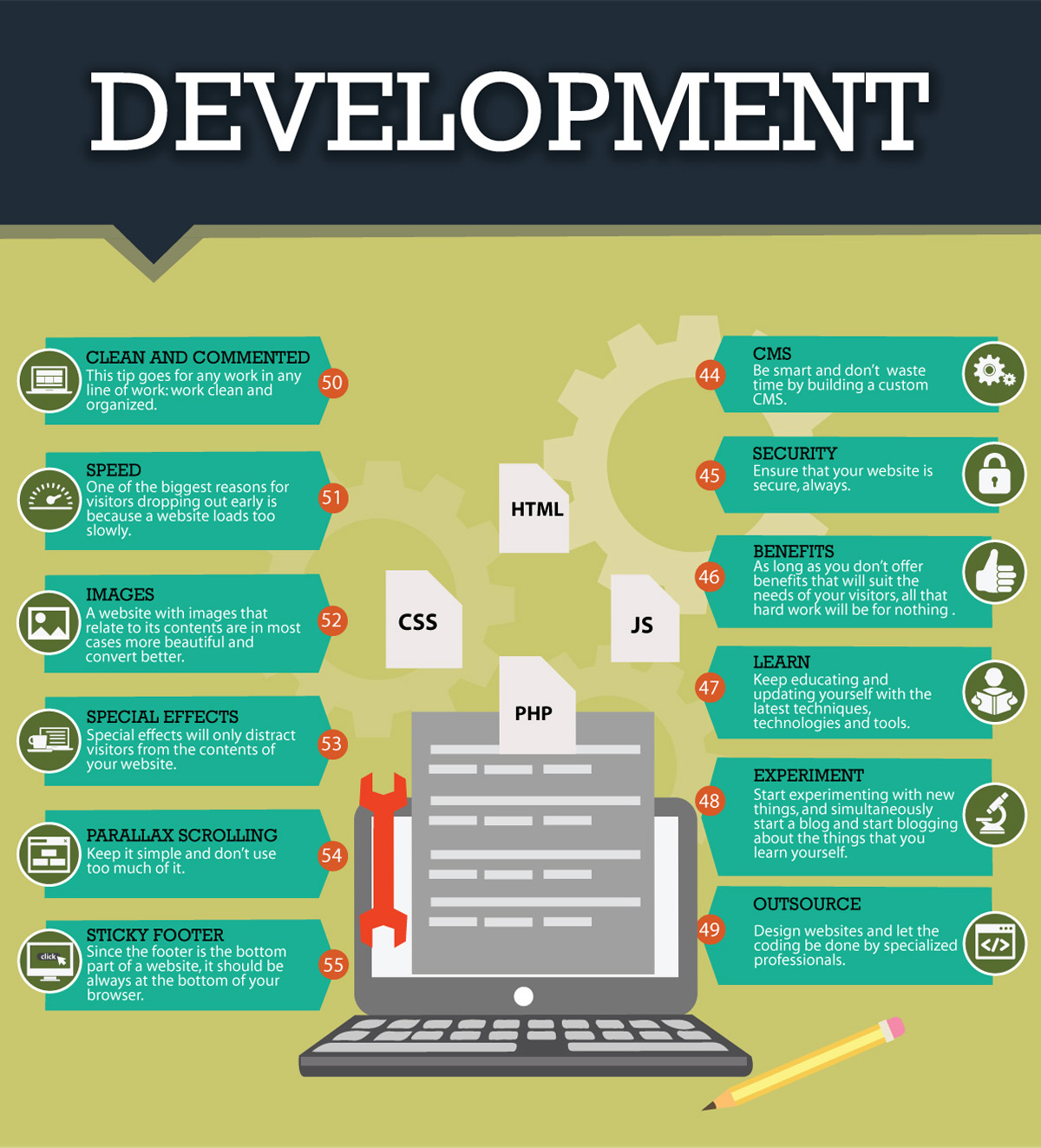Eager To Discover How Site Style Has Transformed Gradually? Study The Advancement From Simpleness To User-Focused Experiences
Eager To Discover How Site Style Has Transformed Gradually? Study The Advancement From Simpleness To User-Focused Experiences
Blog Article
Content Writer-Booker Dalby
In the past, websites were basic and focused on information. Navigation was straight, and layout was for desktops. Now, individual experience is essential. Information guides styles for easy navigation. Responsive formats fit different gadgets. https://www.mytotalretail.com/article/4-benefits-the%E2%80%AFnew-google-analytics-4-brings-to-your-marketing-strategy/ , dark setting minimizes pressure, and minimalist food selections improve navigating. Interactive functions involve individuals, and vibrant visuals stand apart. AI integration enhances interaction. See just how layout has progressed to boost your online trip.
Early Days of Web Design
In the very early days of web design, simplicity preponderated. Websites were fundamental, with minimal shades, typefaces, and layouts. The emphasis was on supplying details instead of flashy visuals. Individuals accessed the internet with slow dial-up connections, so rate and performance were key.
Navigating menus were straightforward, usually located at the top or side of the page. Internet sites were created for home computer, as mobile browsing wasn't yet widespread. Content was king, and developers prioritized very easy readability over intricate design components.
HTML was the main coding language made use of, and designers had to work within its constraints. Computer animations and interactive functions were very little compared to today's criteria. Web sites were static, with little dynamic content or personalized user experiences.
Surge of User-Focused Design
With the advancement of web site layout, a change in the direction of user-focused design principles has actually come to be significantly noticeable. Today, creating sites that prioritize user experience is vital for engaging site visitors and achieving business goals. User-focused layout includes recognizing the requirements, preferences, and behaviors of your target audience to customize the web site's layout, material, and includes accordingly.
Designers now carry out extensive research study, such as individual surveys and functionality testing, to gather understandings and comments straight from users. This data-driven strategy assists in creating instinctive navigating, clear calls-to-action, and aesthetically enticing user interfaces that resonate with site visitors. By positioning the individual at the center of the style procedure, websites can provide an extra personalized and satisfying experience.
Receptive design has additionally become an essential element of user-focused design, making certain that sites are enhanced for various tools and display sizes. This flexibility boosts access and functionality, catering to the diverse ways users interact with websites today. Basically, the increase of user-focused layout indicates a shift in the direction of developing digital experiences that focus on the needs and expectations of completion customer.
Modern Trends in Web Design
Discover the latest patterns shaping website design today. One famous fad is dark mode layout, offering a smooth and modern-day appearance while minimizing eye strain in low-light atmospheres. An additional crucial pattern is minimal navigation, simplifying menus and improving individual experience by focusing on essential elements. Incorporating micro-interactions, such as computer animated switches or scrolling impacts, can produce a more engaging and interactive web site. Responsive style remains crucial, guaranteeing seamless user experiences across various devices. In addition, making use of strong typography and asymmetrical formats can include aesthetic interest and draw attention to specific content.
Incorporating AI innovation, like chatbots for customer assistance or personalized recommendations, boosts customer engagement and simplifies procedures. Accessibility has also end up being a significant pattern, with developers prioritizing inclusive design practices to accommodate diverse customer needs. Welcoming sustainability by optimizing internet site efficiency for speed and effectiveness is an additional emerging pattern in web design. Working together with customer feedback and information analytics to repeat and improve layout constantly is vital for remaining pertinent in the ever-evolving electronic landscape. By embracing these modern trends, you can develop an aesthetically attractive, straightforward web site that resonates with your audience.
Conclusion
As you assess the development of web site style from the very early days to now, you can see exactly how user-focused style has become the driving pressure behind modern patterns.
Accept the trip of change and adjustment in website design, always maintaining the customer experience at the forefront.
Remain present with the current fads and technologies, and never ever stop advancing your approach to create visually sensational and easy to use websites.
Evolve, adjust, and produce - the future of website design is in your hands.
